Joe is in the middle of a two week spring break. We’ve hit the baseball field, train park, garden and a few friends houses. We’ve listened to Peter Pan and Robin Hood on the record player, built forts and watched old school Garfield cartoons. And that was just week one. Now we’re getting into science experiments. Joe got a science kit for Christmas so we’ve been playing around with acids and bases, making jiggly crystals, and miserably failing at making a sunset in a test tube.
Yesterday we took our experimenting into the kitchen and had fun making Easter eggs. Dying eggs naturally is always an experiment. I never seem to get the same results twice. But that’s what makes it fun! This is a great project to do with kids. Have fun and see what colors you can come up with!
Here’s how to dye eggs naturally:
1. Hard boil one dozen eggs. You can boil them in the traditional fashion or stick them in a muffin tin, bake at 325 for 25 minutes, and plunge into an ice bath. I prefer the oven method because there is less opportunity for me to mess up.
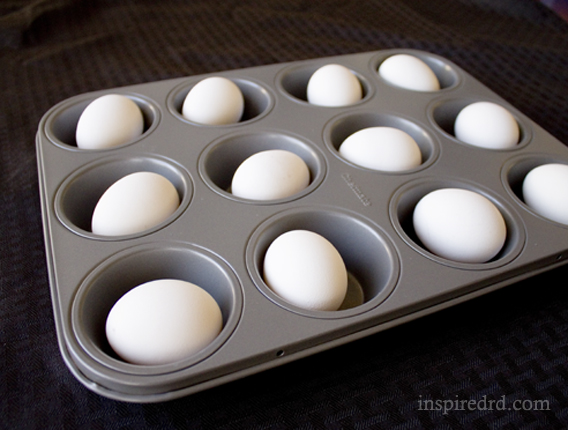 2. While the eggs are cooking, get your materials ready to make the dyes. We used blueberries (frozen), strawberries (frozen), spinach, yellow onion skins, and turmeric. In a small saucepan, add a few cups of water, a splash of white vinegar and the food (use a separate saucepan for each color). Bring the mixture to a boil, then let simmer for 25-30 minutes. Because it’s all an experiment, use whatever amount of food you think would work best. I used 1/2 cup blueberries, 1 cup strawberries, a handful of spinach, one onion skin, and 1 tsp. turmeric. We only have four burners on the stove, but I was able to have five small pots working at the same time.
2. While the eggs are cooking, get your materials ready to make the dyes. We used blueberries (frozen), strawberries (frozen), spinach, yellow onion skins, and turmeric. In a small saucepan, add a few cups of water, a splash of white vinegar and the food (use a separate saucepan for each color). Bring the mixture to a boil, then let simmer for 25-30 minutes. Because it’s all an experiment, use whatever amount of food you think would work best. I used 1/2 cup blueberries, 1 cup strawberries, a handful of spinach, one onion skin, and 1 tsp. turmeric. We only have four burners on the stove, but I was able to have five small pots working at the same time.
3. While waiting for everything to cook, have a contest to see who can hold their hand in the ice bath for the longest. This step is optional.
4. Use a spoon to transfer the hot eggs into the ice bath. Let the eggs cool for 10 minutes.
5. Transfer the dyes from saucepans to small bowls. Let them cool, or if you’re impatient like us, add ice. Use a slotted spoon to add the eggs. Let them sit in the dye for at least 20 minutes.
If the eggs aren’t colored enough for your liking, transfer the bowls to the fridge to allow for a longer soaking time. We ended up transferring two of the colors to drinking glasses so the eggs would be completely submerged. Add extra water to the bowls if you need to so the eggs aren’t sticking up out of the dye.
Once you are satisfied with the colors, pull the eggs out and let them dry. Have fun picking out your favorite colors!
Our favorites this time were the eggs colored with blueberries and turmeric. Both were beautiful! We were surprised by the strawberries. They gave us such a pleasant pink color last time, but were very pale this go around.
Have you ever tried dying Easter eggs naturally? What works the best for you? What tips can you share?

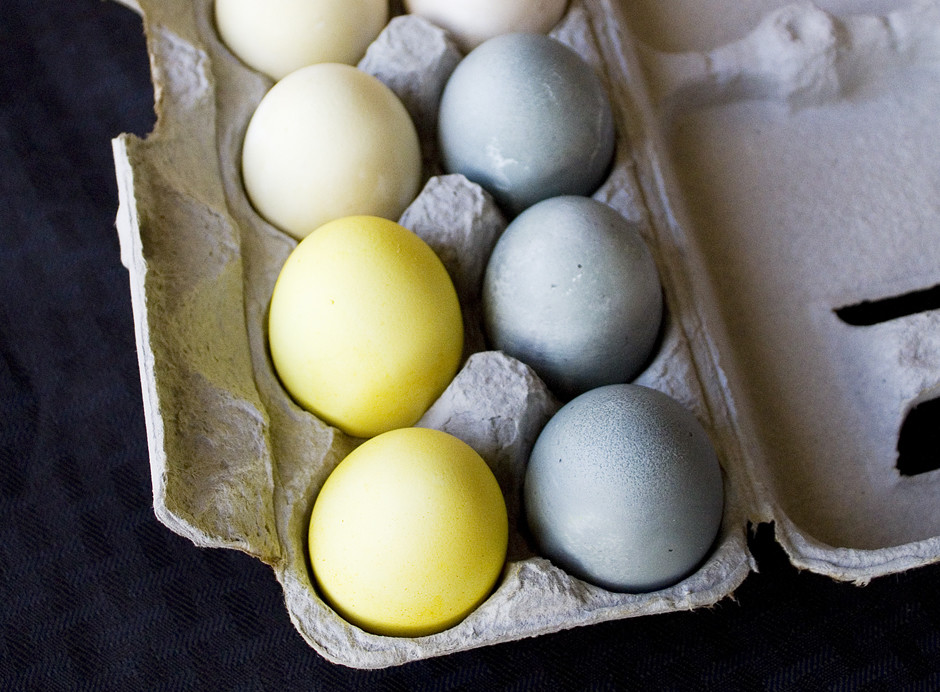

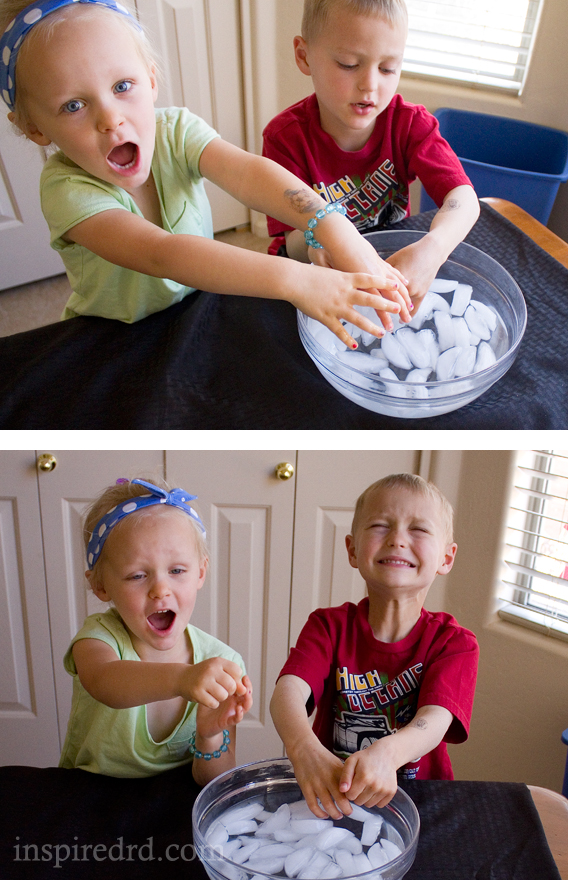
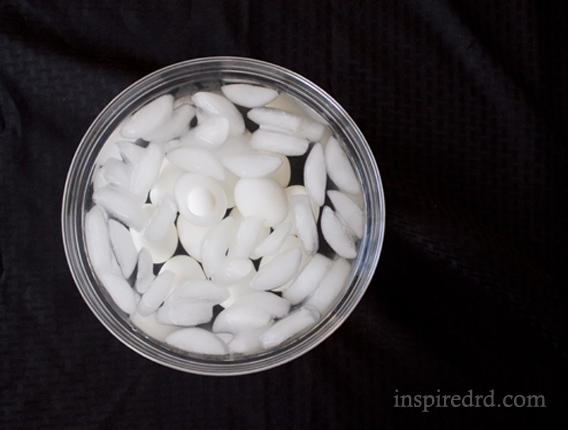
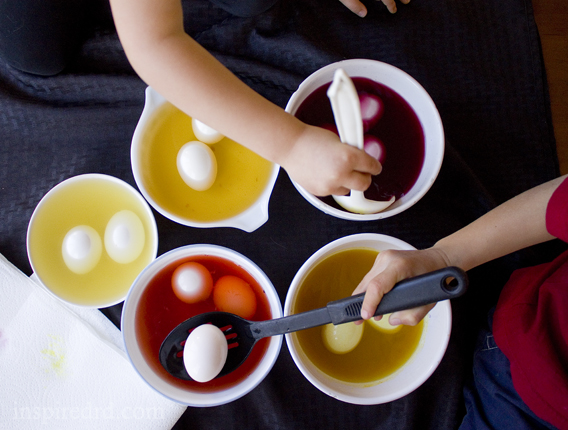

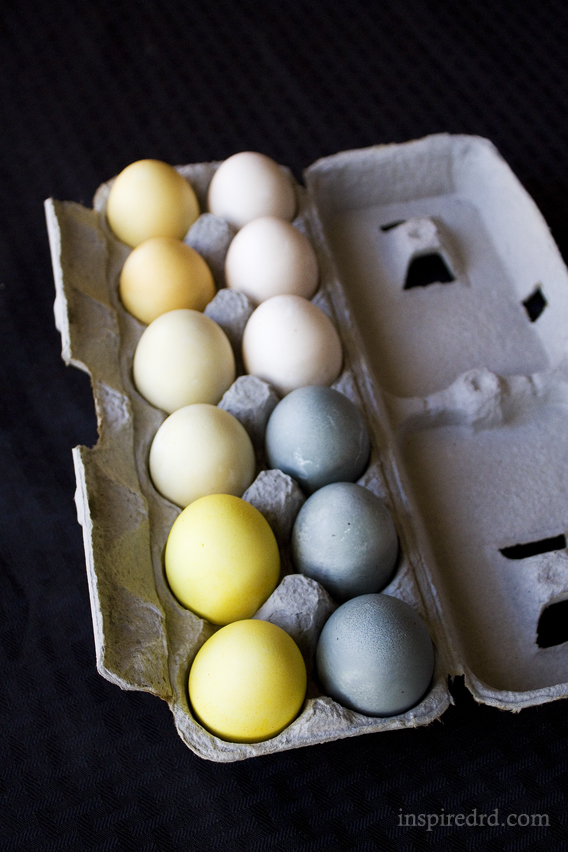
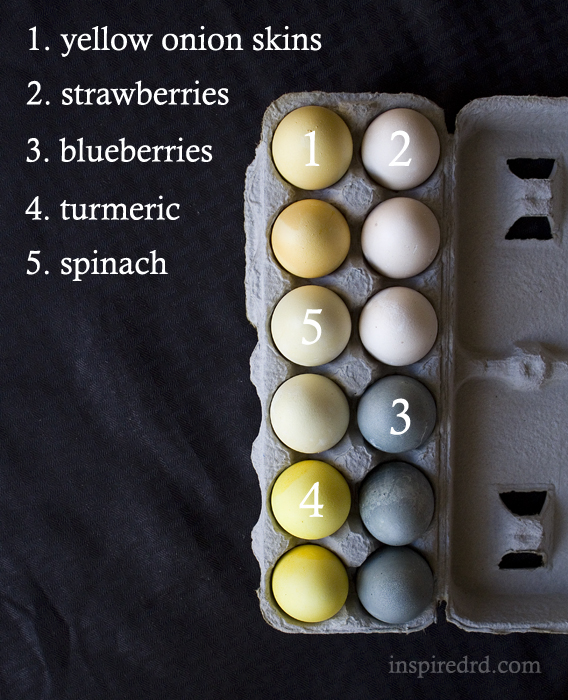
LOVE this!!! I used spinach juice to dye our crepes GREEN yesterday for St. Patrick’s Day!!! I’m pinning this… serioulsy thinking about do this with our Easter eggs!!! XO
I’ve died eggs natuarally for several years. My favorites are beets for a lovely purplish pink and red onion skins. The most intense color came from the onion skins – the red onions ended up being the most lovely mahogany red and the yellow were more of a brownish yellow. Really, they mirrored the color of the skins themselves, which you can see in your dozen. I found over the years that with the naturally died eggs, the longer you leave them in the dye bath, the stronger the color. 24 hours was my sweet spot – not just overnight.
You have a record player? Super cool.
Found this post via Lindsay this morning, so excited because I’ve been wanting to try natural dyes this year… thanks for sharing!!
LOVE this! Thank you so much for providing a way to dye eggs without conventional food coloring. I saw a comment above that suggested beets – they stain the heck out of my hands so I’m sure they would do well on eggs. Thanks again!
So fun! Another good natural dye is red cabbage to get a nice purple-ish color 🙂
[…] this! How to dye eggs naturally via Inspired […]